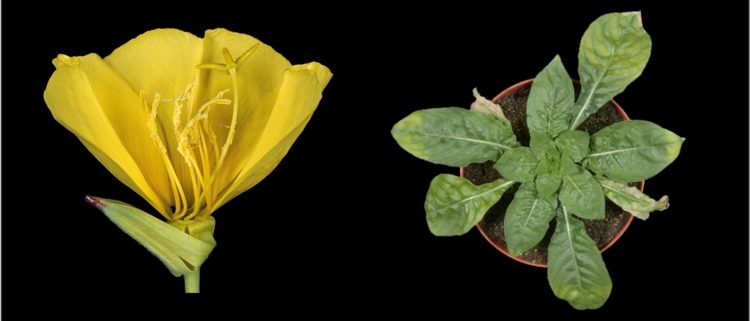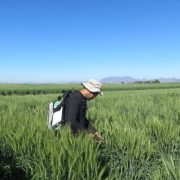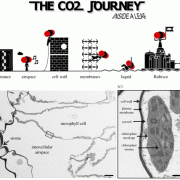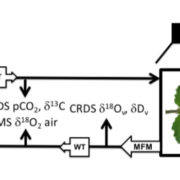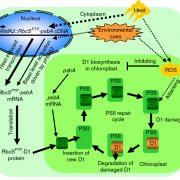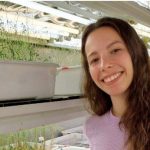Photosynthesis genes in the chloroplast help to direct species formation in Oenothera
By Arkadiusz Zupok, Danijela Kozul and Stephan Greiner, Max Planck Institute of Molecular Plant Physiology, Potsdam/Golm, Germany
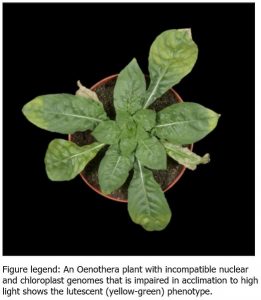 Background: Hybrid incompatibility between the cytoplasm (the genomes of chloroplasts and mitochondria) and the nucleus is considered a major factor in species formation. It is among the first barriers that evolve towards reproductive isolation. However, mechanistic knowledge, especially in an ecological context, is largely lacking.
Background: Hybrid incompatibility between the cytoplasm (the genomes of chloroplasts and mitochondria) and the nucleus is considered a major factor in species formation. It is among the first barriers that evolve towards reproductive isolation. However, mechanistic knowledge, especially in an ecological context, is largely lacking.
Questions: How does hybrid incompatibility involving the chloroplast genome work mechanistically and how might it have evolved?
Findings: Using the plant genus Oenothera (evening primroses), a model system for chloroplast genetics and population biology, we show that photosynthesis genes encoded on the chloroplast genome can establish hybridization barriers. Photosynthesis, in turn, is a trait under selection in changing environments. Interestingly, the underlying genetic architecture in the evening primrose was shaped during the last ice age by periods of glaciation. The current species now grow in distinct climate zones and are genetically separated by incompatibility between the chloroplast and the nuclear genome. Hence, our data suggest that the hybridization barrier evolved as a result of adaptation to specific climatic conditions.
Next steps: Besides the chloroplast genes, we aim to understand the role of nuclear genes in this process. We will focus on sigma factors of the chloroplast mRNA polymerase and how they regulate chloroplast gene expression in changing environments.
Arkadiusz Zupok, Danijela Kozul, Mark Aurel Schöttler, Julia Niehörster, Frauke Garbsch, Karsten Liere, Axel Fischer, Reimo Zoschke, Irina Malinova, Ralph Bock, Stephan Greiner. (2021). A photosynthesis operon in the chloroplast genome drives speciation in evening primroses. Plant Cell. https://doi.org/10.1093/plcell/koab155


